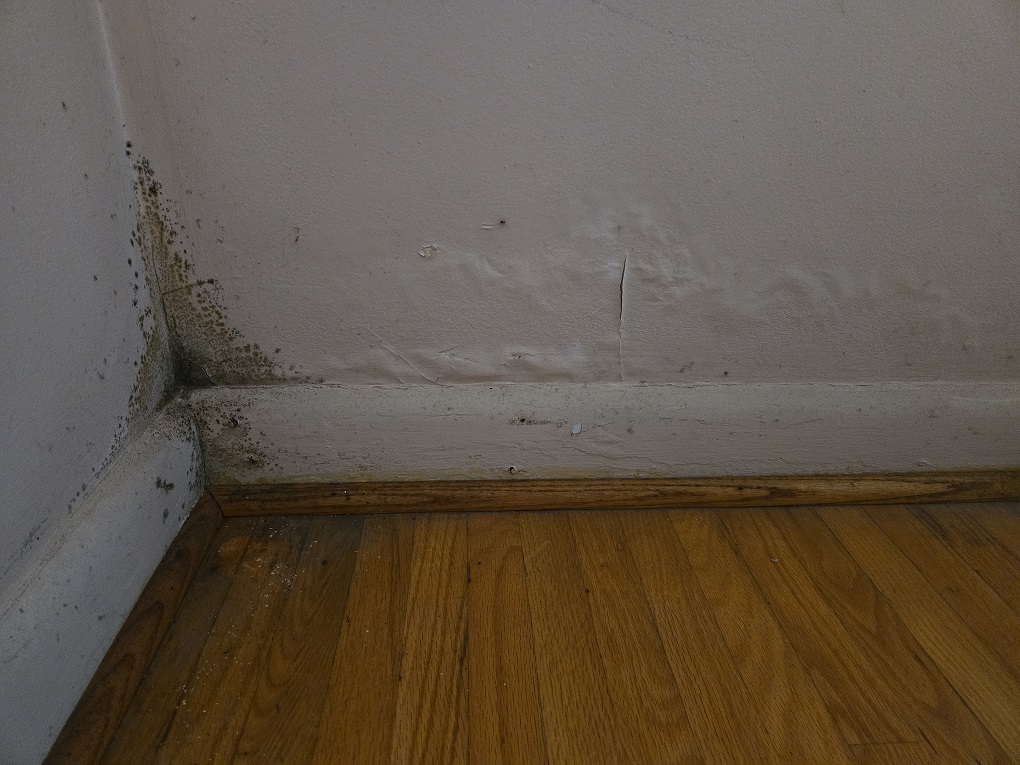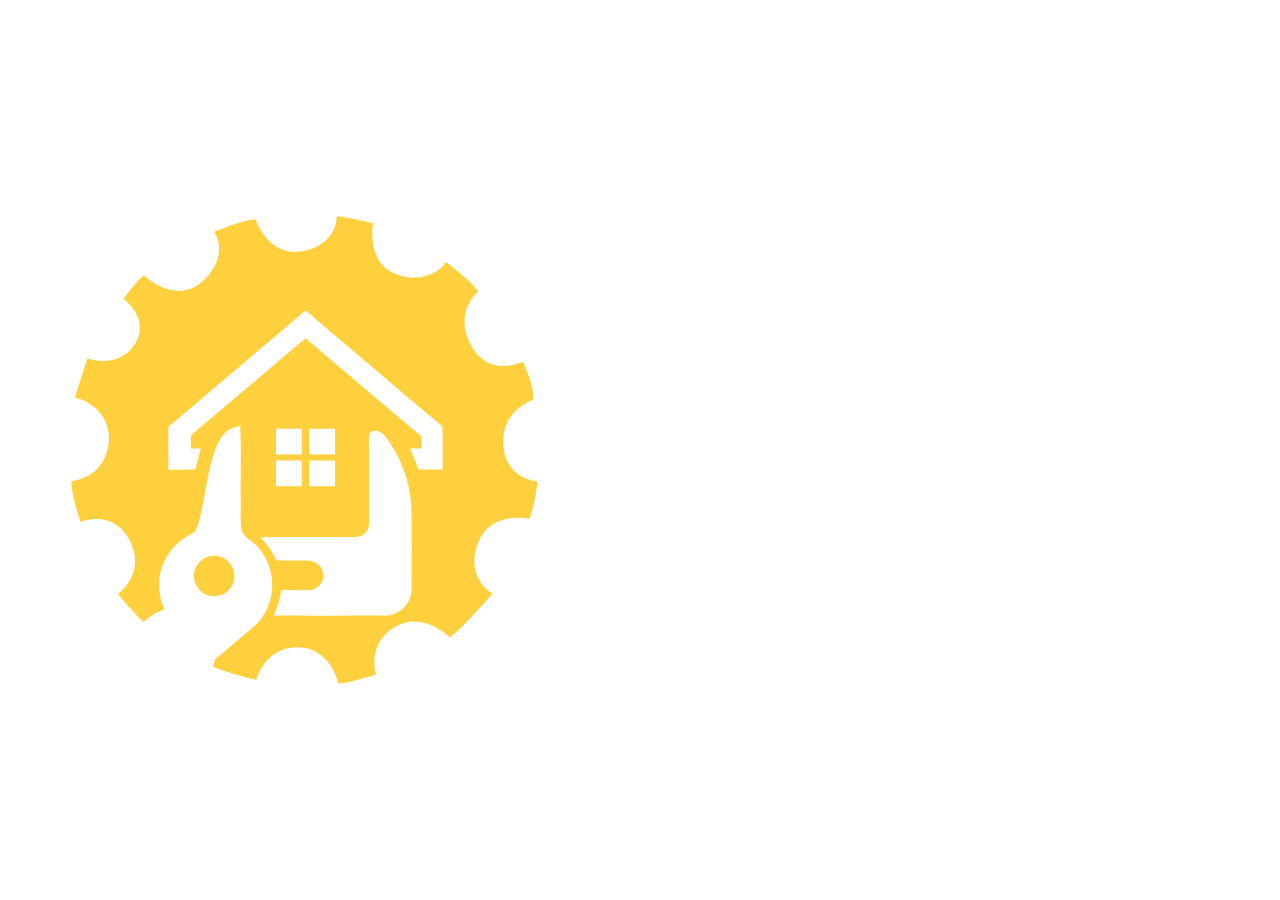Moisture is one of the leading causes of mold growth in residential homes, presenting both structural and health hazards. Understanding the relationship between moisture and mold, and knowing how to mitigate it, is essential for maintaining a safe and healthy living environment. This article explores how moisture contributes to mold growth, its impact on residential homes, and strategies for prevention.

How Moisture Leads to Mold Growth
Mold thrives in environments where moisture is abundant. Mold spores, which are virtually everywhere, need water to grow. The Environmental Protection Agency (EPA) states that moisture is the most critical factor for mold proliferation in buildings. Common sources of moisture in homes include:
- Leaky roofs or windows: Water seepage from a compromised roof or poorly sealed windows can create ideal conditions for mold.
- Plumbing issues: Leaking pipes or dripping faucets may go unnoticed, allowing moisture to accumulate in walls or under floors.
- Poor ventilation: High humidity levels, especially in areas like bathrooms, kitchens, and basements, lead to condensation that encourages mold growth.
- Flooding and water damage: Homes affected by flooding or significant water damage often suffer from mold growth if not properly dried and treated within 24-48 hours.
Mold grows best on organic materials, such as wood, drywall, and fabric. When these materials remain wet, the mold spores rapidly develop into colonies, which can become increasingly difficult to remove over time.
Impact of Mold on Residential Houses
The impact of mold on homes is twofold: it affects both the structure of the home and the health of its occupants.
- Structural Damage: Mold degrades organic building materials by feeding on them. Over time, wooden studs, beams, drywall, and insulation can weaken. This decay compromises the structural integrity of the house, resulting in costly repairs. Additionally, mold can cause permanent staining and damage to walls, ceilings, and floors.
- Health Hazards: Mold releases allergens and irritants that can lead to respiratory issues, particularly in individuals with asthma, allergies, or compromised immune systems. According to the Centers for Disease Control and Prevention (CDC), symptoms of mold exposure may include coughing, wheezing, nasal stuffiness, eye irritation, and skin irritation . Prolonged exposure to mold can lead to more severe health problems, such as chronic respiratory conditions.
Moisture and Mold Prevention in Homes
Preventing mold begins with controlling moisture. Here are some strategies that can help reduce the risk of mold in residential homes:
- Address leaks immediately: Repair any leaking roofs, windows, or pipes as soon as possible to prevent water accumulation.
- Improve ventilation: Ensure that bathrooms, kitchens, and laundry areas are properly ventilated. Exhaust fans can help remove excess moisture from these spaces.
- Use dehumidifiers: In areas prone to high humidity, such as basements or attics, using a dehumidifier can help maintain optimal moisture levels.
- Waterproof basements: Ensure that basements are adequately waterproofed to prevent water seepage from the ground. This includes proper grading of the land around the house and using waterproof paints and sealants.
- Regular inspections: Schedule routine home inspections, especially in areas prone to moisture accumulation, such as basements, attics, and crawl spaces. Early detection of mold or moisture issues can prevent long-term damage.
Conclusion
Moisture and mold are closely related in residential homes. Mold requires moisture to grow, and when left unchecked, it can lead to significant structural damage and health issues. Homeowners can prevent mold by controlling moisture, addressing leaks, ensuring proper ventilation, and staying vigilant with routine maintenance. By taking these proactive measures, homeowners can protect their property and health from the adverse effects of mold.
References
- Environmental Protection Agency (EPA). “A Brief Guide to Mold, Moisture, and Your Home.”
- Centers for Disease Control and Prevention (CDC). “Basic Facts about Mold and Dampness.”

